Physiotherapy for Calf and Heel Pain
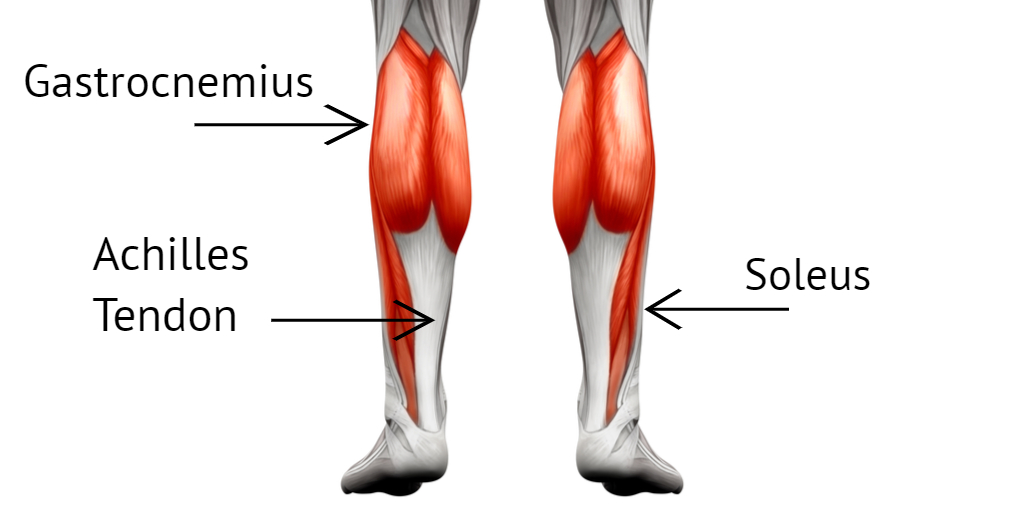

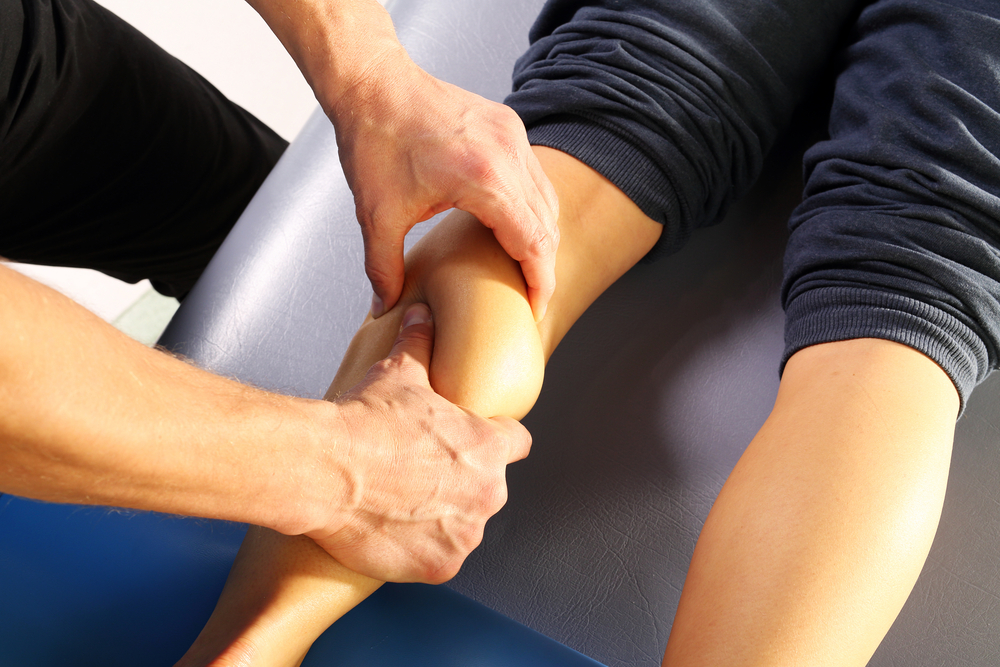
Calf Strains or “Partial Tears”
Sudden injuries are very common in the calf, particularly in people playing sport. Muscle strains (partial tears) can happen in any of the muscles of the calf and can vary significantly in the degree of damage. When you experience a sudden onset of calf pain, particularly when running or jumping, it is most likely a muscle strain. Initially these injuries are managed with rest, ice, compression, elevation (RICE), and strapping all of which can help with pain and may reduce the degree of damage. A graded physiotherapy program is essential for the correct rehabilitation of these injuries. This will include specific exercises for strength, flexibility, power and sport-specific drills. There is a high recurrence rate for calf strains where the injury has not been fully rehabilitated. Therefore, it is important to regain full strength, power and range of motion to reduce the chance of the injury happening again.
Very occasionally, there can be a complete tear (rupture) of the Achilles tendon. People often report a “snap” sensation in the back of their heel or a feeling of being kicked by someone from behind. This injury limits push-off from the front of the foot and causes a significant limp. This injury requires immediate review by an orthopedic surgeon. It will either require surgery or immobilisation in a toe-down cast for 8 weeks, followed by physiotherapy rehabilitation.
What is Achilles Tendinitis and can Physio help?
One of the most common body overuse injuries is an Achilles tendinitis/tendinopathy/tendinosis. This type of injury occurs when the strength and load capacity of the tendon is not great enough to tolerate the amount of work that it is doing. As a result, the structure of the tendon begins to change, growing more blood vessels and nerves into the area, weakening the calf and making it more prone to injury. This process is usually accompanied by significant pain and can lead to the tendon becoming quite swollen. These injuries benefit from a physiotherapy program that aims to modify the load being placed on the tendon, by taping and footwear modification, as well as to build up tendon strength and load capacity with a specific exercise program.
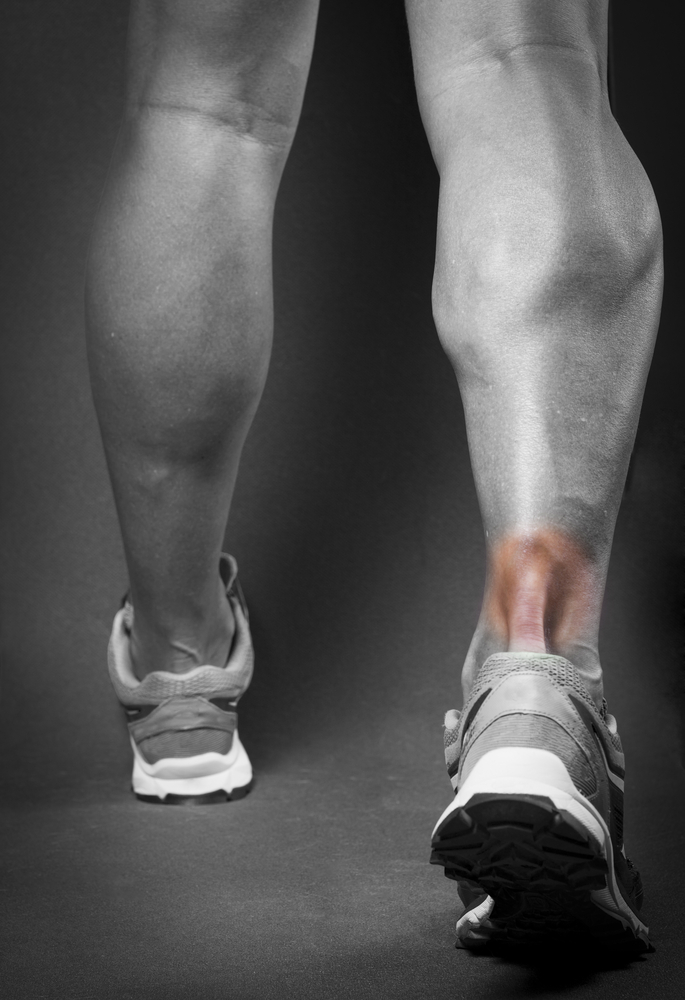
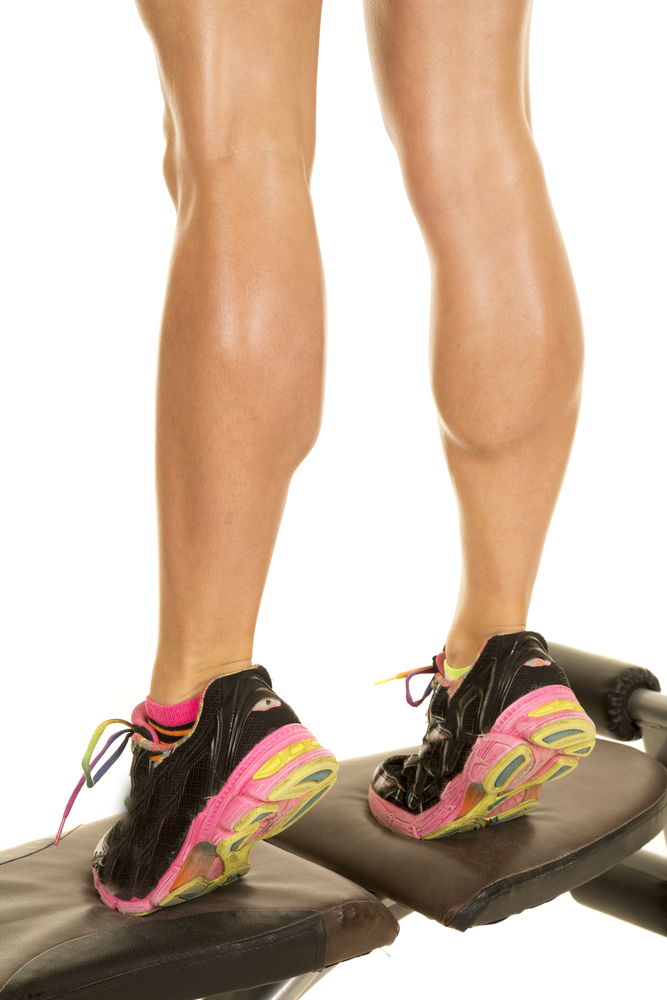
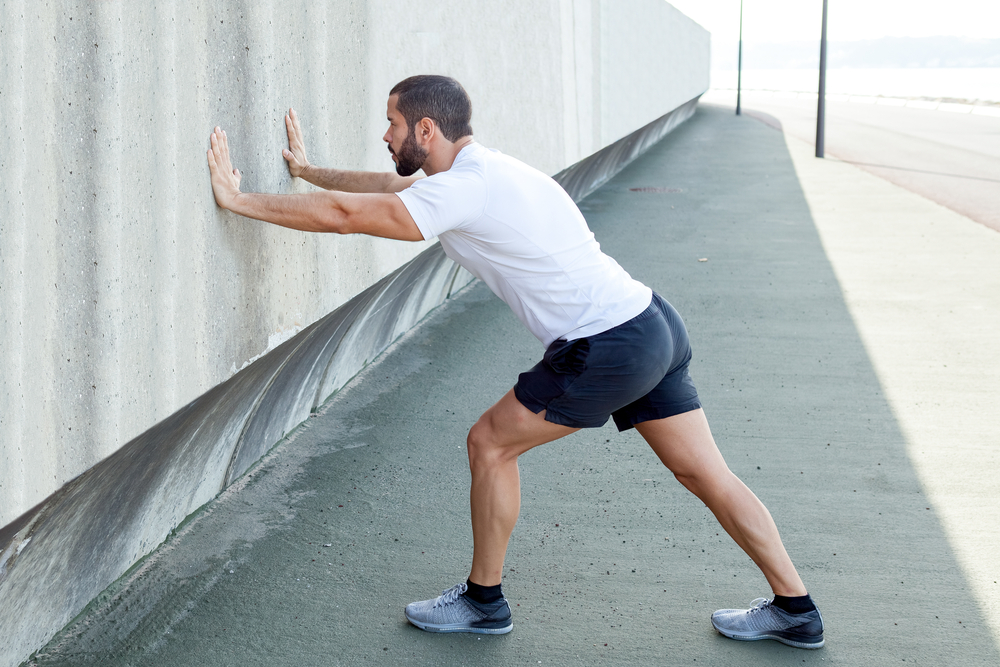
What else could be causing my Calf Pain?
The calf also commonly experiences ‘referred pain’ from other structures in the body such as the lower-back or knee. It can also experience nerve and vascular (blood vessel) entrapment. It’s also the most likely site in the body to experience a deep vein thrombosis (DVT) which can be a potentially life-threatening problem. The calf is an area where it’s definitely a good idea to see a trained professional like a physiotherapist sooner rather than later so that your injury can be managed safely and effectively.
Get Active!
For more, visit our Frequently Asked Questions page.
If you would like to ask a question about our services or anything else, visit our Contact Us page to get in touch.
If you are ready to make an appointment, visit our make a booking page and let us help you with your fitness or recovery.

